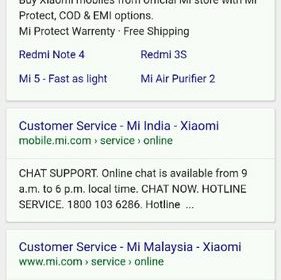How to make a talk application in android? Stack Overflow

Без кейворда
Get via App Store Read this post in our app!
How to make a talk application in android?
I would like to add talk functionality with online user in gmail in android. how to add talk feature in my own application in android?
I want to display an online user in google maps which is nearest to the area which I have selected and have the capability to talk with that online user
Four Answers
We have been working very closely with the developer community and have developed Applozic Talk SDK which takes just ten mins for integration. Give it a attempt: Applozic Sample code with open source sdk is available in Github: https://github.com/AppLozic/Applozic-Android-SDK
I & my team, we are working on Backend as a Service platform called QuickBlox. We have superb example how to integrate Map/Talk features to your application:
I dont know about the about GMaps but for implementing talk you can attempt following link Xmpp
To add talk to an Android application there are a number of options. I’ll present the options ordered by the amount of development expertise that’s required – from least to most.
Using a real-time backend service
There are a number of companies suggesting real-time backend services. These services would provide you with an SDK which permits your app to access their servers. Using the SDK you would be able to stream data inbetween devices.
Here is a list of the most popular services:
Google possessed real-time database which uses WebSockets and MongoDB as it’s core technology stack. The service permits you to save data in a no-SQL database and then register to receive real-time updates when that data switches. They also suggest services for shove notification and file storage. There is also a third party open source (MIT license) messaging framework available for iOS and Android.
Firebase have a library called GeoFire which permits you to make your apps location aware.
I’ve grouped these together because they are fairly similar. They provide real-time streaming infrastructure and technology. You can establish channels inbetween groups of devices and stream data inbetween them. They don’t provide any means to authenticate users so you would need an app server.
Quickblox is targeted specifically at the instant messaging market and they use an XMPP server on the backend. Since they use XMPP, this service has a lot of messaging features built in like privacy lists and typing indicators. They provide a reasonable but basic example messaging app.
Layer is half way inbetween Quickblox and PubNub / Pusher. They suggest a streaming platform which is targeted towards instant messaging. They have some messaging features like basic blocking but this isn’t a total scale messaging implementation like Quickblox. They have a library of UI components that can be used to help build a finish app – Atlas.
If you use a backend as a service you will always have to build the talk client yourself. If you go with one of the more general purpose options like Firebase, you will also have to build your own messaging protocol.
These services will save you time when it comes to the real-time server implementation, server configuration and scaling.
Another option is to host an XMPP server yourself. There are a number of open source XMPP servers available:
XMPP servers will provide you with a large amount of messaging functionality out of the box. They generally don’t include any location awareness but this could be solved by configuring the server to host the user database on a separate server – that would permit you to add extra tables to treat the geolocation. An alternative would be to use presence to update relevant devices when a user’s location switched by a certain amount.
To build the client I would recommend using Smack. Since XMPP is an open standard, your client should be able to work with third party XMPP servers and clients.
If you don’t want to build the client yourself there are a number of open source projects (mostly under copy left licenses) which could act as a kicking off point. Xabber would be one example but you can find more by searching.
Building the server yourself
The final option is to build the messaging server yourself. This has the benefit that you could add the features you need and keep it reasonably plain. A good treatment would be to use Symfony and the WebSocket Bundle for the real-time back end and Android WebSockets for the client. Using this treatment you would have a lot of plasticity implementing the geo location functionality.